On a not to unusual windy and cloudy day in Okinawa I was ready to get picked up, I had my Gimbal, my pen and notepad and my Drone.
Just after 11 am Evan Muxen and his new boss William McEvoy were at the door and soon we were heading off.
Boy was I excited.
Evan had been in touch with me before I arrived in Okinawa with an offer I wouldn’t ever refuse – a tour of some of the most famous military history sites in Okinawa.
First off we headed for a bite to eat, because we were going to be doing a bit of walking throughout the day.
Evan suggested Tacos from Esprazas Coffee and Tacos. I had the beef Tacos as was suggested, and they were the best I have ever eaten.
Oh, and we also all got to learn from each other how much of a passion we each had for history… Nerd Alert!!
(Side note: I am flexitarian, I eat meat occasionally)
We then went to our first site which was Kakazu ridge, the site where 1200 Japanese soldiers, mainly from Kyoto, fought off 40,000 American military personnel.
Evan stated that this number is a rough estimate, since each division was about 20,000 in personnel and at this point in the war it would have been the 27th and 96th Infantry Division from the US Army.
Because of Evan’s extensive knowledge from his background in the Military, he was able to give great insight into what it might have been like for those fighting on both sides.
He examined how challenging the Americans found trying to take very heavily defended hills, which had been designed especially to last as long as possible.
He talked about how the Battle of Okinawa started when the Americans landed on the beach without any opposition, and how they began their strategy of taking the central part of the island and taking Kadena air base.
The air base was to planned as a 3 day battle, in reality it fell in 3 hours.
But the hill defences at Kakazu ridge, that took almost 3 weeks.
Evan went into the technical details of how the pillbox was designed, and the cave network that allowed the Japanese soldiers to move across various fronts, giving the impression their were a lot more troops defending the hill.
At the top lies a monument to the Japanese soldiers from Kyoto, and the area is now a park dedicated to peace.
We climbed to the top of a lookout that gave us spectacular views across the western shore, as well as the Kadena Air Base.
We also got to see where one of the first accounts of hand to hand combat was detailed by the Americans who fought at the site.
Next stop was a combined trip, that covered the history of the old Ryukyu kingdom of Chuzan, and the very famous Hacksaw Ridge.
We approached what was originally the side entrance to Urasoe Gusuku, the magnificently built castle stronghold, home to the Prince of Chuzan that became the ruling power of the Ryukyu Kingdom.
Evan explained about the castle wall design, crafted to withstand shot from cannon and firearms, with walls sloped to easily defend against ladders, and sloping walkways up to the gates that was a challenge enough for us without even carrying a weapon.
He further explained that this Gusuku style was inspired by Chuzanâs close ties to China.
I was able to capture some Drone footage, although the strong winds were wreaking havoc with the stabilisers.
Next we went to the top which used to have the castle structure on top, but which was now cleared, and as Evan explained, had been the site of the horrific fight of Hacksaw Ridge.
Hacksaw Ridge is of course now more famous due to the film of the same name, which tells the story of the Medal of Honour recipient Desmond Doss, who if you didn’t know, was a conscientious objector, who was determined to be part of the war effort, and who at the site of Hacksaw Ridge was hailed as a hero for his efforts in trying to save about 150 wounded from both sides.
Despite his small stature, the wounds he himself had suffered, he sacrificed himself numerous times, dragging bodies away from the battle, and to safety.
Evan was kind enough to show us a route that would take us to to the site of Doss’ Rock, where he had anchored his rope to send bodies down.
It was fascinating and emotional to be there.
We then took a path around to see the ridge from where the Americans were climbing up, which continued around to needle rock.

Needle Rock, or as it is known in Okinawa as Tametomo iwa or Wakarijii, is the site where some say the Prince of the Ryukyuan Kingdom was buried, and his grave now lies open and desecrated – which is sad really.
Needle Rock was also a spot where Americans wrote of fighting Japanese soldiers coming from multiple directions and who then engaged in hand to hand combat, which was written in the accounts of the time.
Evan explained that the American soldiers were possibly experiencing first hand, pardon the pun, the techniques of Karate, Judo, Jujutsu and Jukendo (way of the bayonet).
We then moved on to explore more of the castle grounds, where Evan pointed out how you can see Shurijo from where we stood, as well as a very broad coastline – showing both the Pacific and East China Sea at the same time.
There we found a reconstruction of the King’s Road which linked the two castle sites together, which was likely how the Chuzan kingdom was able to hold such power in Okinawa.
Oh, I must mention as well, as much as we saw lots above ground, Evan was also able to show many caves entrances dotted around the sites.
These would have been areas that were always naturally cool in the summer months, that had a wide network connecting them all, and which unfortunately many Okinawans had to seek refuge and live in during the war.
It has to be said that despite the bloody battles fought between the Americans and the Japanese soldiers, who it might be said were given a death sentence to stall the fight from getting to Japanese soil, that the overall losers were the Okinawans.
They were mistreated and abused by the Japanese, who saw them as a lesser people, and the Americans made a blunder with their intelligence, as well as the complicated aspect whereby the Americans were forced to fight in a particular way owing to the Japanese Imperial Army tactics used to defend Okinawa, which resulted in needless killing committed against the Okinawans seeking shelter from the fighting.
Also most saddening was the fact that many Okinawans had committed suicide in order to protect themselves from the Americans who it had been thought would come to murder and rape them by Japanese propaganda.
There are of course many tragic events that happened in World War 2, not least of all in China and Europe. Never had there been a small culture being attacked by both sides, and surviving – despite heavy losses.
The Okinawan people now, as Evan explains, almost wholly believe in pacifism. So that those horrors can never be repeated.
The last stop on the tour was the Quonset Hut in the Kadena air base, which has been filled with pieces of military history about the emerging Air force and the Battle of Okinawa.
It was clear that Evan is proud of his Military background, and I can understand why, when he has the insight from his life experience into what it might have been like for those serving in WW2. Much like how we Karateka can (sometimes) understand what we have each been through with our training.
We were also able to go up to Yomitan to have Hachiren Ramen noodles. Which I have to say is the best I have eaten so far on the island, owing to the broth made from Chicken, fish and pork stock…. And the noodles were super good too.
Evan dropped me back at my lodgings at the Dojo, we were both tired, but clearly we had both shared in something that day. I had learned that I know very little of the full horrors of the War in the Pacific, and that I am glad that there are people like Evan who are willing to share this with others.
I was left with these memories, a history lesson, and some sand, from Iwo Jima invasion beach âYellow 1â and Okinawa invasion beach âYellow 2â now called Toguchi Beach.
May they remind me of what I’ve learned, my time in Okinawa, and how we must do our utmost to prevent further war.
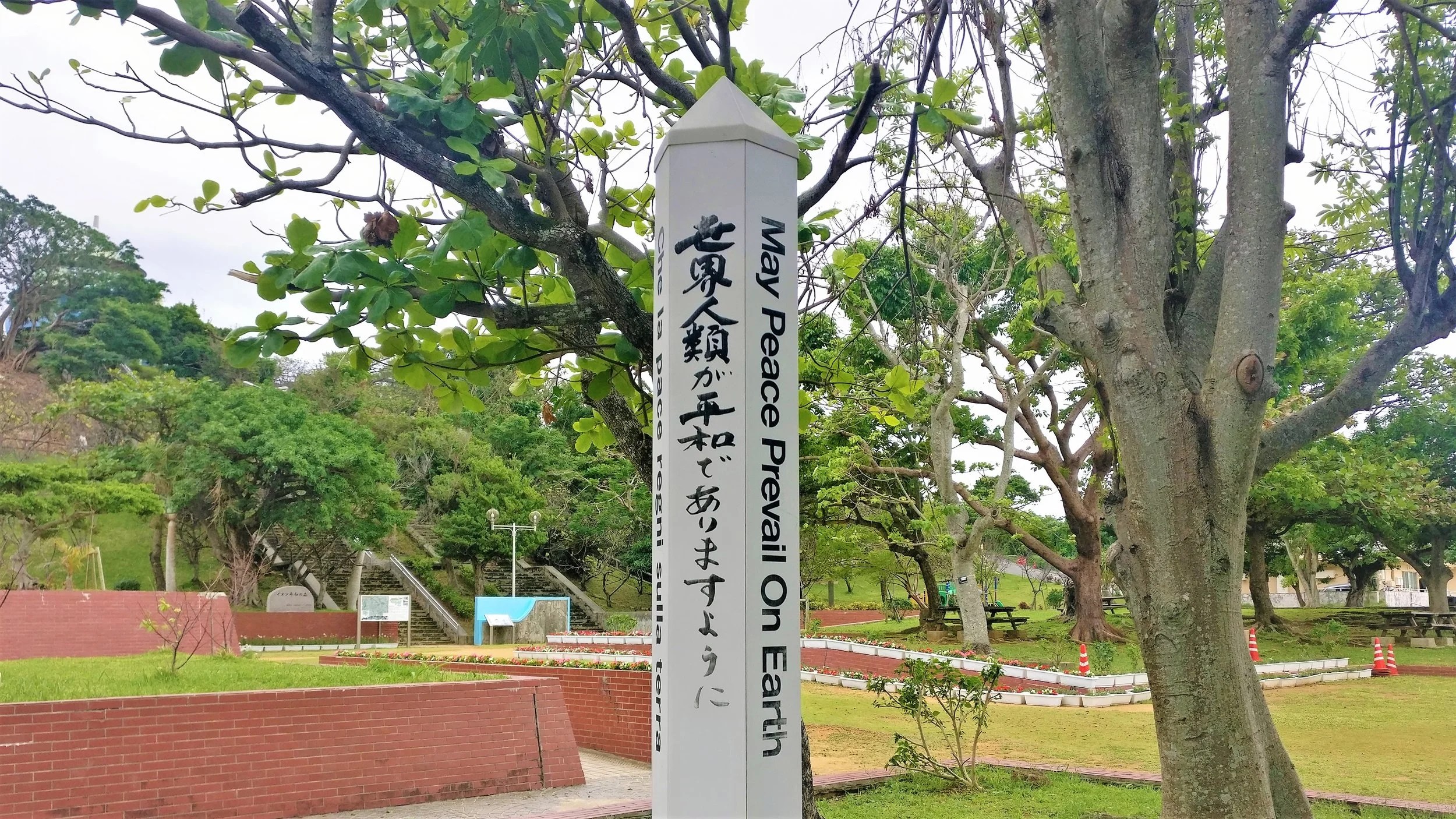
Tours with Evan can be organised via the Facebook Page: https://www.facebook.com/KadenaABHistory/

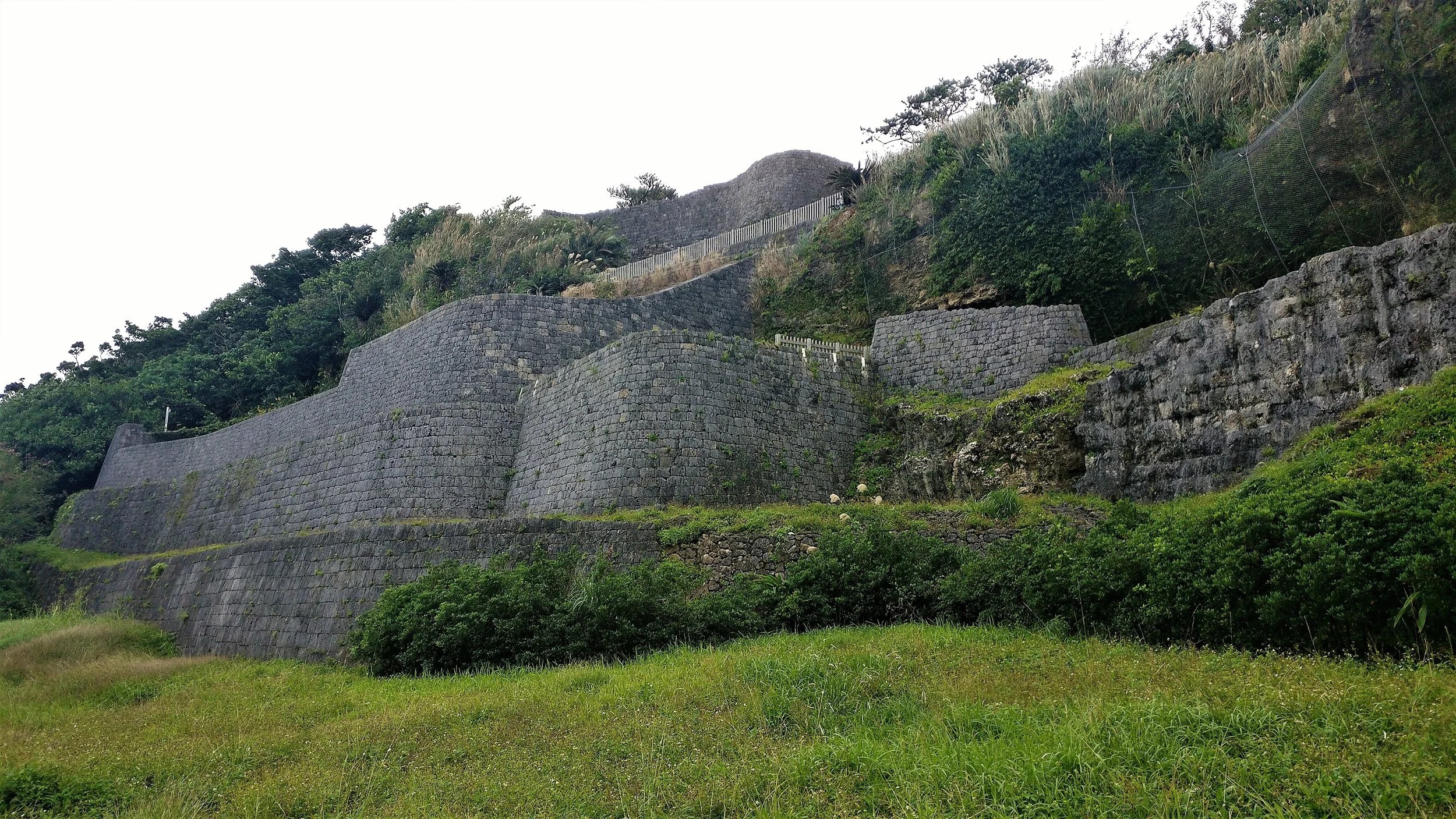
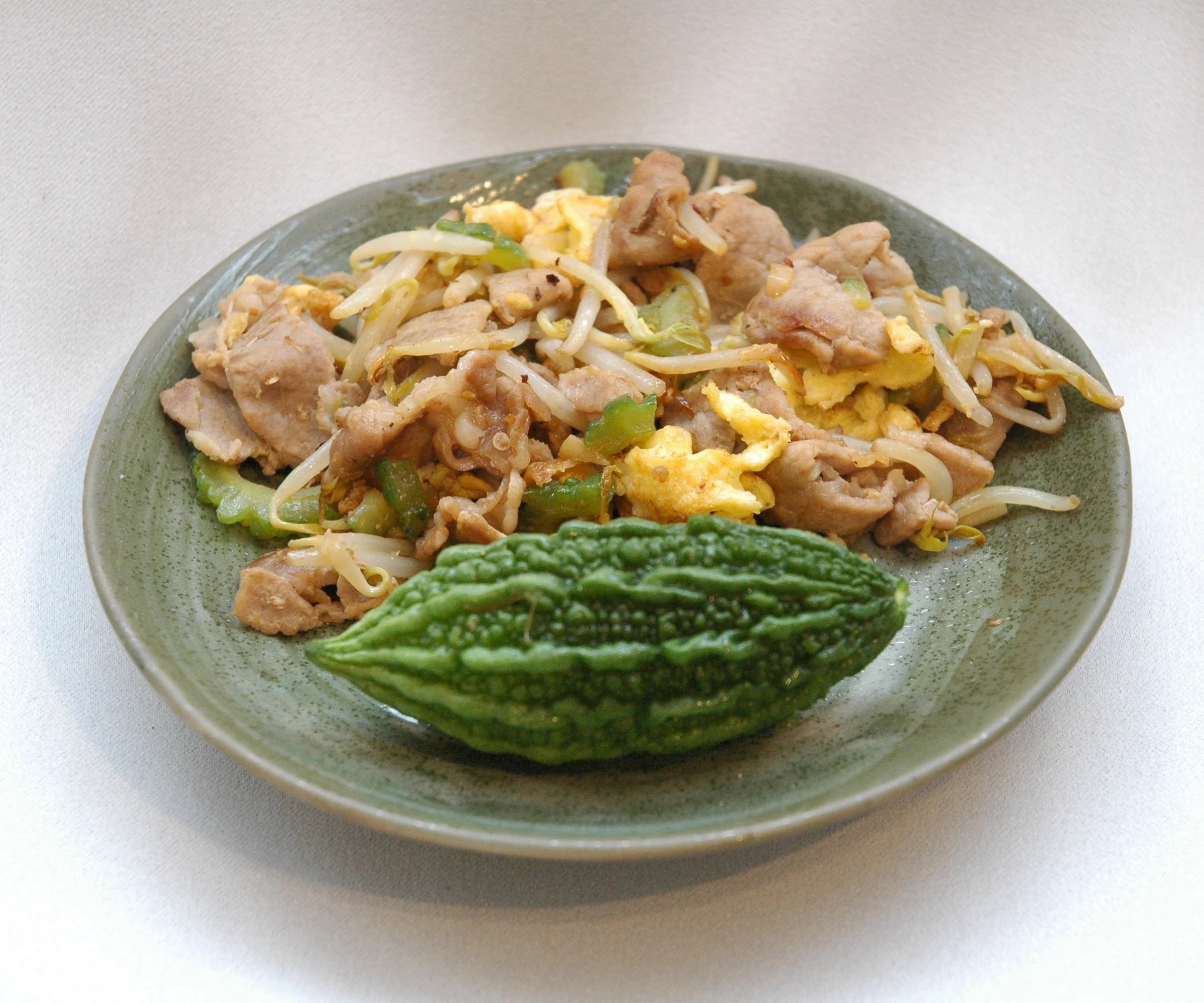
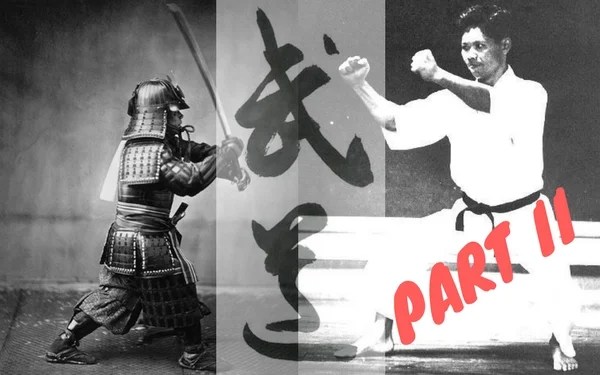
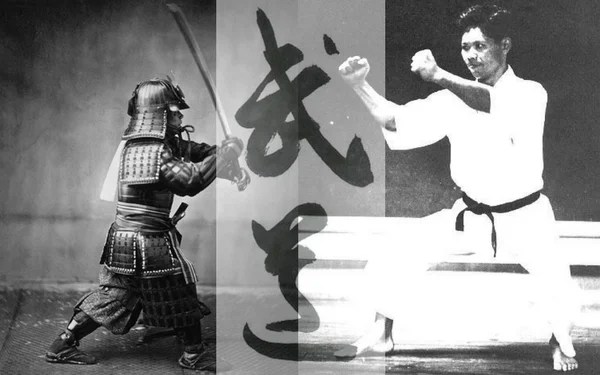
Leave a comment